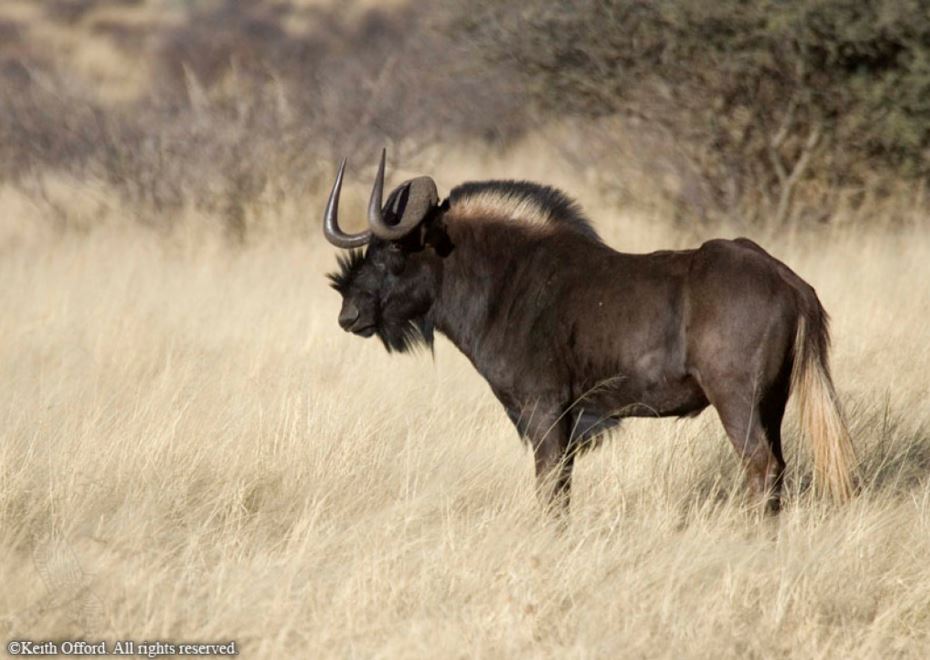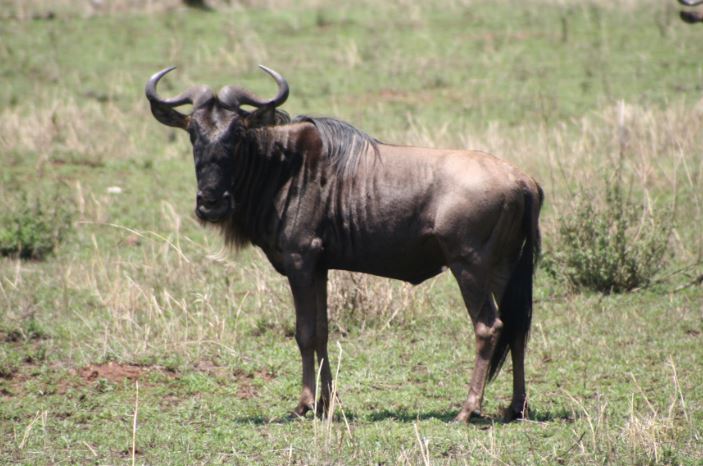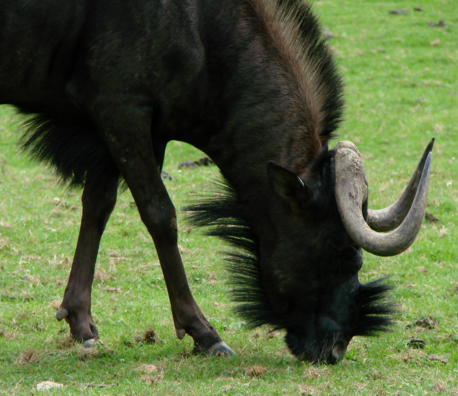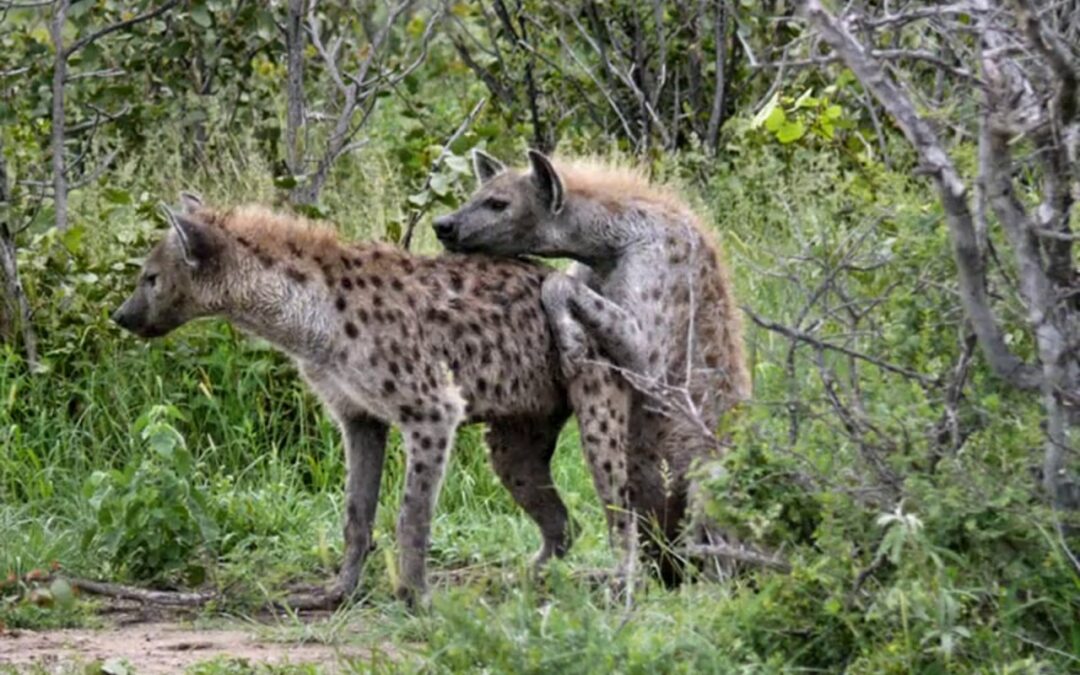
by BioEdge | Aug 20, 2016 | Site Content
Canis simensis photo © Laika ac The Ethiopian wolf’s white gloves Of the five wild species of Canis in and around Ethiopia, only the Ethiopian wolf has an immaculately pale surface on the fore foot. The conspicuousness of this unique...

by BioEdge | Mar 10, 2016 | Site Content
Connochaetes gnou photo © Kieth Offord Illuminating the darkest of wildebeests The black wildebeest is really medium brown if described by its pigmentation. Its blackness at a distance is illusory, caused by an optical effect which deserves a new antonym to ‘sheen’ or...

by BioEdge | Mar 10, 2016 | Site Content
Connochaetes mearnsi photo © Stefan Swanepoel Speciation of wildebeests across the dark-pale divide Connochaetes albojubatus adult male photo © Paul Mannix Two species of white-bearded wildebeests in East Africa have diverged categorically in how they achieve...

by BioEdge | Mar 10, 2016 | Site Content
Connochaetes gnou photo © Vassil The dead-pan ears of a menacing wildebeest The black wildebeest is unique among African hoofed mammals in having the ear plain brown on both sides in adults. Most hoofed mammals show distinct markings on the ears in intraspecific...

by BioEdge | Mar 10, 2016 | Site Content
What unisex really means to the spotted hyena Crocuta crocuta © botswanadreams The spotted hyena has been described as sexually monomorphic because the female possesses a phallus and at puberty can look identical to the male. However, this is misleading because, in...

by BioEdge | Mar 10, 2016 | Site Content
Crocuta crocuta photo by botswanadreams via Vimeo Sex as work or play: spotted hyena versus human The human species and the spotted hyena, both intelligent, socially complex predators, evolved together as competitors for 200,000 years across Africa and Eurasia....







